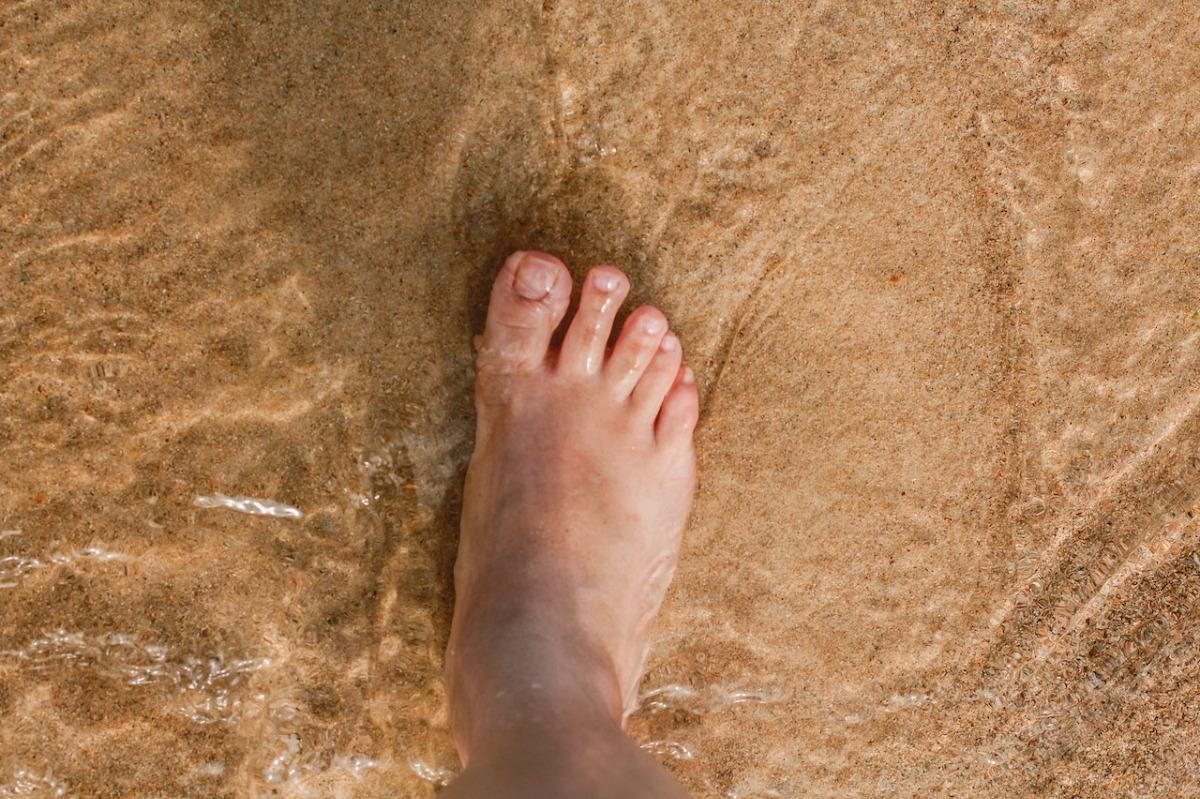Understanding Bunions: Causes, Prevalence, Symptoms, and Treatment Options
posted: Mar. 28, 2023.

A bunion is a common foot condition that affects millions of people worldwide. It is characterized by a bony bump on the joint at the base of the big toe caused by the bones in the foot shifting out of place, leading to pain and discomfort.
Bunions are more common in women than men, and the condition can occur at any age. This article will discuss the causes of bunions, the symptoms they can cause, and the various treatment options available.
How Common are Bunions?
Bunions are a relatively common foot condition. The condition is more common in women than men, and the risk of developing bunions increases with age.
However, it is worth noting that the prevalence of bunions can vary depending on the population being studied and the methods used to diagnose the condition.
Causes of Bunions
Bunions can be caused by various factors, including genetics, foot structure and mechanics, tight or ill-fitting shoes, trauma or injury, and certain medical conditions.
For example, if you have a family history of bunions, you may be more likely to develop them. Similarly, if you have a foot structure prone to overpronation, you may be at a higher risk of developing a bunion.
Wearing shoes that are too tight or have a high heel can also contribute to the development of bunions.
Symptoms of Bunions
The most common symptoms of bunions include swelling and redness, pain and discomfort, limited range of motion, calluses or corns, and changes in the foot's shape. If you experience any of these symptoms, it is important to visit a podiatrist for a proper diagnosis.
Treatment Options for Bunions
There are a variety of treatment options available for bunions, including both conservative and surgical options.
Conservative treatments include wearing comfortable, well-fitting shoes, padding and taping the bunion, using orthotics or shoe inserts, and physical therapy or exercises. A podiatrist may recommend surgery if conservative treatments are ineffective.
There are several types of bunion surgery available, including bunionectomy, which involves removing the bony bump, and osteotomy, which involves cutting and repositioning the bone.
In many cases, this can be done with minimally invasive foot surgery
Each procedure has risks and benefits, so it is essential to discuss the options with your podiatrist and decide which is best for you. Recovery and rehabilitation after bunion surgery can take several weeks to several months, depending on the procedure.
Conclusion
Bunions are a common foot condition that various factors, including genetics, foot structure, and ill-fitting shoes, can cause. Symptoms can include pain and discomfort, swelling, and limited range of motion.
Treatment options include conservative treatments, such as orthotics and physical therapy, and surgical options, such as bunionectomy and osteotomy. It's important to seek help and advice from a podiatrist for proper diagnosis and treatment.
Early intervention can help to prevent the progression of bunions and decrease the need for more invasive treatments. Additionally, wearing comfortable shoes and taking care of your feet can help to prevent the development of bunions.
If you suspect you may have a bunion, it's important to see a podiatrist to get a proper diagnosis and treatment plan.